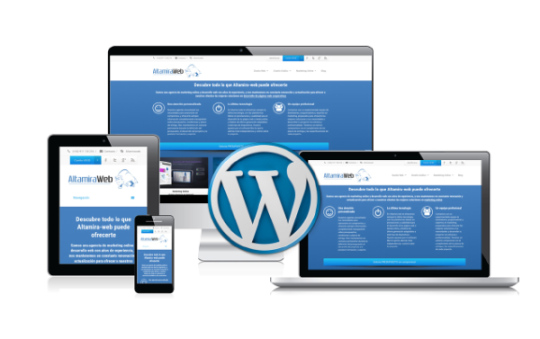One thing to be aware of is cognitive bias. Cognitive bias occurs when you believe your users have the same level of expertise as you, and this sort of thinking can stifle Aha moments.
There are a few methods to comprehend your Aha moment, which is why user testing is so important. To begin, you’ll need a well defined value proposition (as should all excellent goods), which will help you figure out where and to whom you’re most useful. If you have that in place, it’s an excellent location to start interviewing new customers or walking brand new users through your onboarding using a user test to get feedback.
To further understand customers’ Aha moments examples, qualitative research is required. You’ll need to communicate with two categories of users to do this. Users who converted and stayed through the trial period, as well as those that churned or cancelled during or shortly after the trial period.
New users
If a user is new to the site, ask them some of these questions to figure out when their Aha moment occurred. Ask them to recall when they originally joined up and to answer the following questions:
- When you originally joined up, where were you?
- When you initially arrived on the platform, what were your first actions?
- Do you utilise any rivals, and if so, why did you pick this platform over the others?
- Why are they using it together? What does the other product provide that we don’t?
- What was the turning point when you realised, “Yes, this is for me”?
- Why did you decide to buy the product after the trial period?
- What are your objectives, and how well do you believe the product achieves them?
- How can we assist you in achieving your objectives?
- When you initially experienced the platform, what did you think should be improved?
Make use of data.
You should be able to see patterns between people who continue vs. cancel during the trial time by looking at your product statistics. What are the most important events that occur throughout the user’s stay? Or what is it that is having a negative impact on the user experience and pushing them away? Users will be encountering your interface for the first time when they engage with your product for the first time. This can be difficult, especially with B2B products that have several complicated and advanced capabilities.
You should build interactive walkthroughs and product tours to take new users through their first onboarding, showing them how to set up their account, where to locate essential features, and how to utilise your platform in general. This reduces the number of people who abandon your platform due to overload and begins to instruct them on how to utilise it.
Onboarding
It’s critical to have clear information that introduces your user to your product. You must determine how much assistance they require and lead them to their Aha moment.
It’s all a matter of perception.
The beauty of the Aha moments notion is that they may be one-of-a-kind and subjective, and they can happen at any stage of the customer lifecycle. They demonstrate how software may elicit and produce emotional responses.
Aha moments are also frequently regarded as early markers of a regular user who would later become an engaged user. Quantitative indicators for measuring and tracking Aha moments may appear to contradict the nature of an Aha moment, yet they are the most effective ways to use this notion as a guide to drive growth operations in the proper direction.
A/B testing may be used to test your hypothesis.
Divide your users into distinct segments and provide them with varied in-app messaging and routes that will lead them to their aha moment in A/B tests. Because you can measure the time it takes for an average user to identify their aha moment and begin to improve on it, this will most likely be an ongoing, continuous endeavour for your product team.
You may, for example, conduct product observations and analyse how people act when they sign up for your product and travel through the onboarding process. This may be done with a software testing tool like FullStory, or with more in-depth user interviews utilising Google Hangouts or Zoom.
Conclusion
In product design, aha moments are essential for demonstrating value to your target audience. Users may overlook how the product benefits them as a result of these, and never convert or depart early. To boost conversion and lifetime value, figure out what your product’s Aha moment is and make it happen early in the experience.




